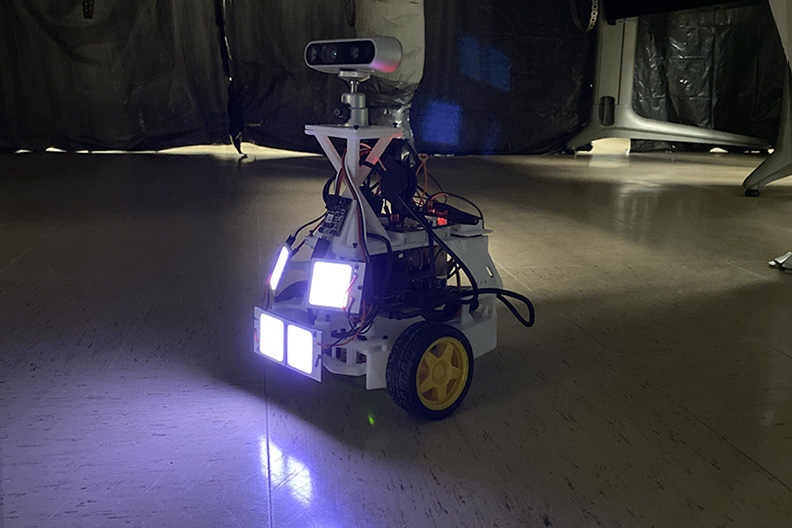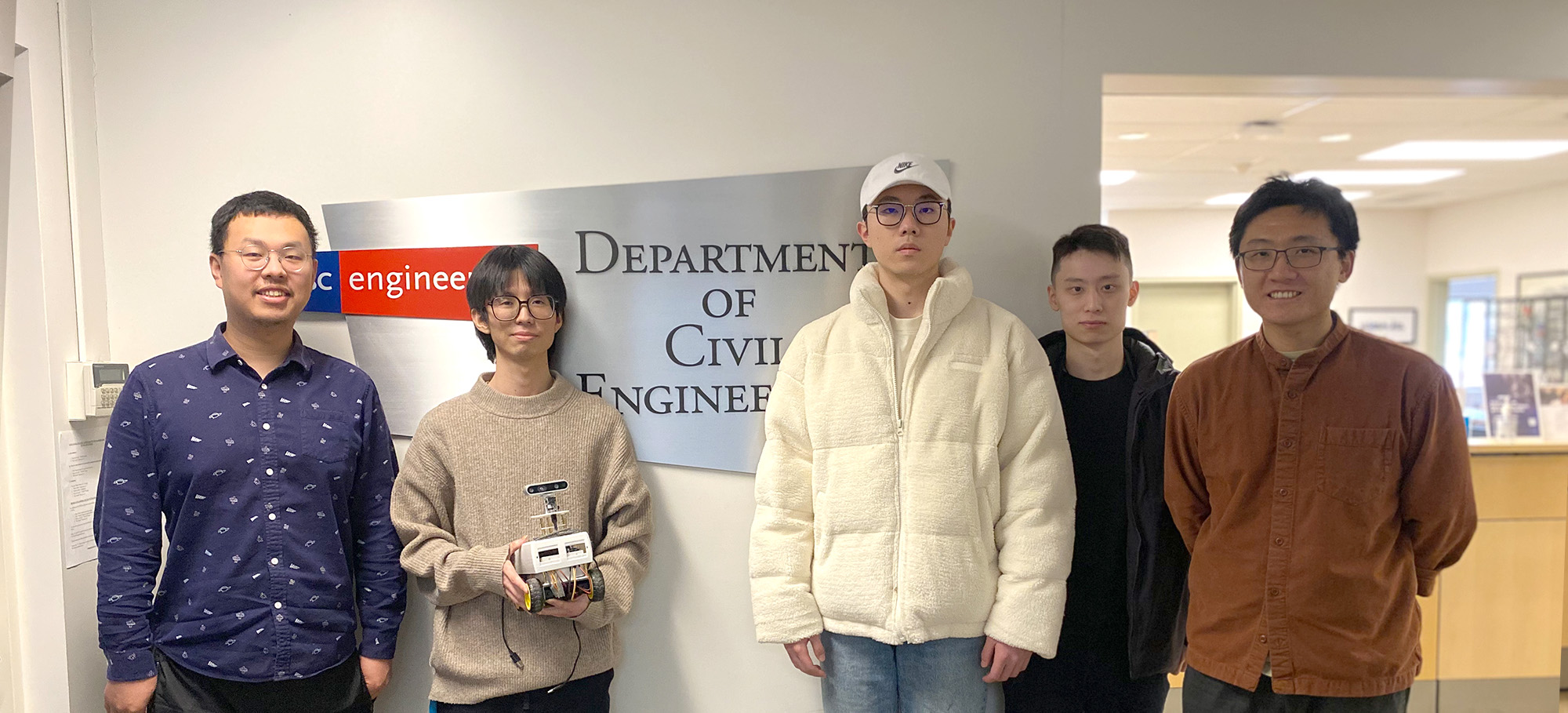Imagine a future where robots and humans work hand-in-hand on construction sites, delivering projects and maintaining buildings with ease. Sounds like a scene from a sci-fi movie, but for Assistant Professor Zhengbo Zou and his team of researchers at the Intelligent Construction Lab (ICON Lab), it’s a vision they are determined to turn into a reality.
With a track record that claims more than 20% of work-related deaths, the need to improve the safety of construction workers has never been more urgent. But that’s not all, construction productivity has remained stagnant for decades, contributing to the housing crisis and wasteful construction practices that negatively impact sustainability. On top of that, buildings account for a significant share of energy use and greenhouse gas (GHG) emissions.

To address these issues, Dr. Zou and his team are working towards a future where humans and robots collaborate to deliver projects and help operate buildings, using cutting-edge technologies to revolutionize the construction industry.
“Our goal is to improve and leverage human-robot interaction, so that we can enhance the construction and facility management process,” said Dr. Zou.
A priority for Dr. Zou and his team is to make the construction industry safer, more efficient and sustainable. One focus in this area is detecting leaks in HVAC systems. The current manual inspection process is both time-consuming and inefficient. On the other hand, automatic sensors are too expensive to install and maintain and in some cases, require major renovations to existing buildings.
To overcome these challenges, Dr. Zou’s team devised a simpler solution that utilizes robotics technology in the form of unmanned ground vehicles (UGV). Nicknamed the TEA-BOT (Thermography-Enabled Autonomous Robot), the UGV can navigate unknown ceiling environments to build a 3D map and automatically identify leaks in HVAC systems. It will then take note of the leak locations using the 3D map and provide a comprehensive report.
By using robots to collaborate with humans on arduous tasks or replace humans in dangerous tasks, the safety of construction workers can be greatly improved. It will also increase productivity and provide relief to the current housing crisis.
Furthermore, Dr. Zou’s research aims to address the significant impact buildings have on energy use and greenhouse gas emissions. Buildings currently account for 25% of energy use and 13% of GHG emissions in Canada. By optimizing building systems, such as HVAC and lighting systems, Canada can move closer to achieving its goal of net zero emissions by 2050.
So far, the team has constructed the prototype and successfully completed in-lab testing. The next phase will focus on pilot tests at UBC, enhancing the robot’s sensing capability, and large-scale tests. Ultimately, the goal is to make the robots goal-oriented and have the capacity to both detect and fix leaks.
Dr. Zou’s research is supported by organizations such as NSERC, UBC Campus as a Living Lab, and Mitacs. The ICON Lab also partners with municipalities, private companies, and post-secondary institutions to further their research and bring their findings to life.
Check out this TikTok video below demonstrating the TEA-BOT. Follow us on TikTok at @ubccivil for more videos showcasing our research!
